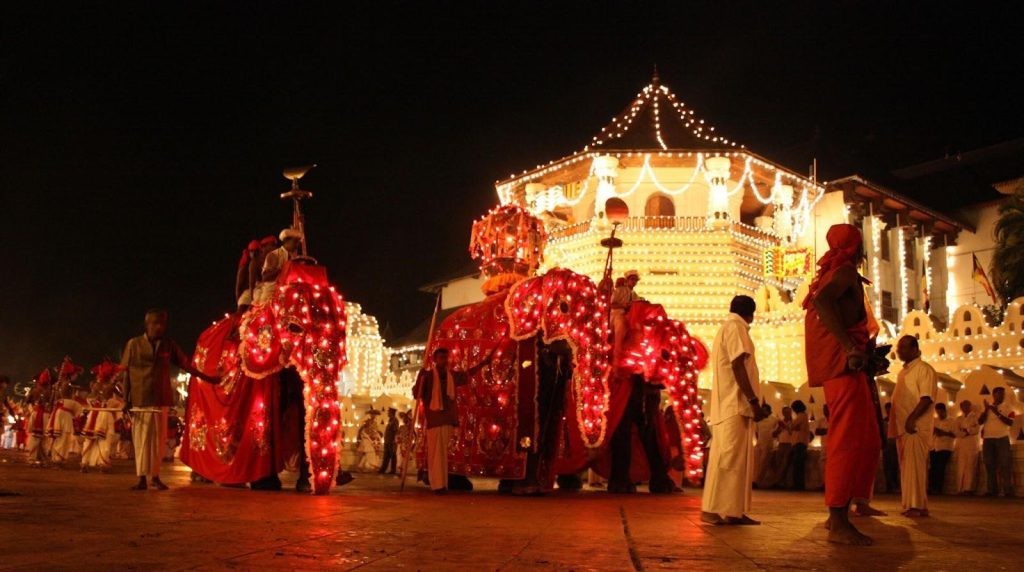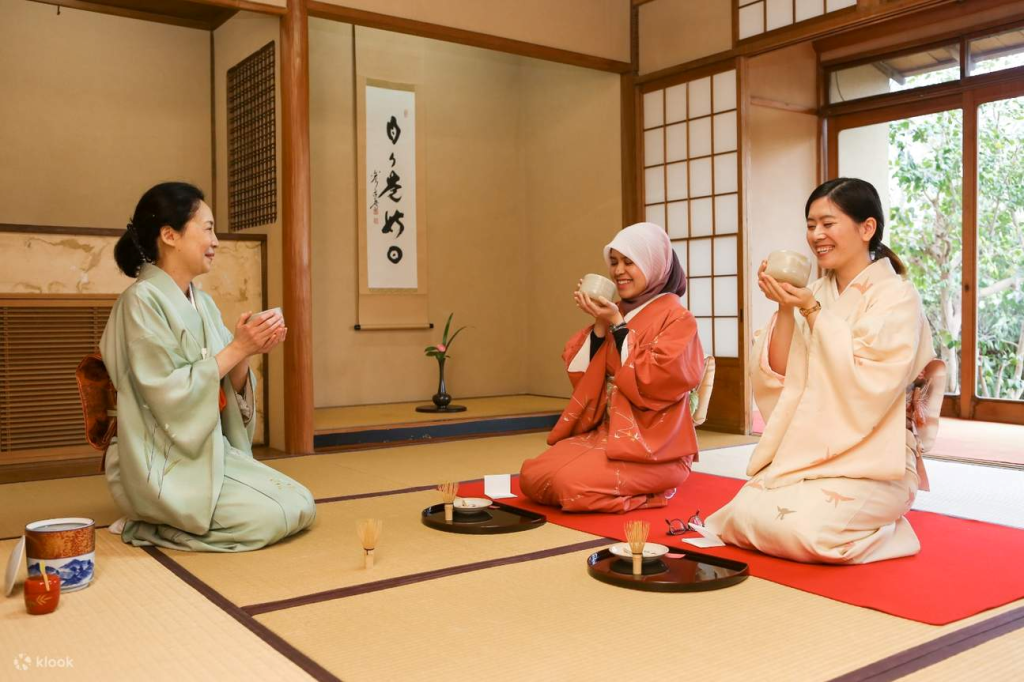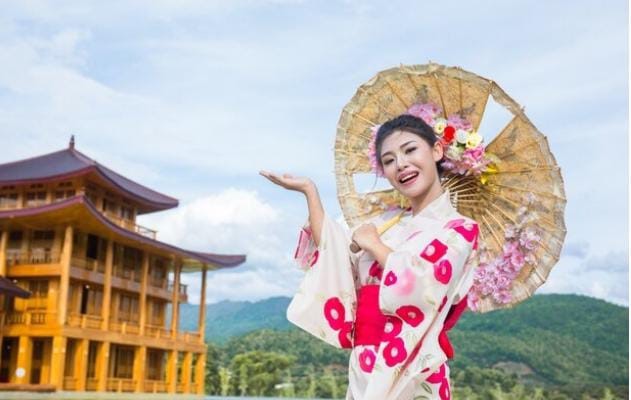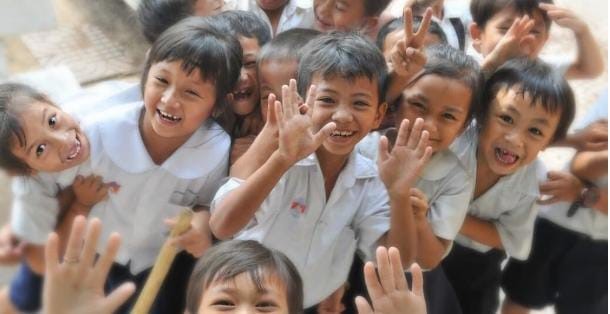In the Philippines, the dress code is generally conservative and modest. This is influenced by the country’s predominantly Catholic culture and values. When visiting public places such as churches, government offices, and schools, it is important to dress appropriately. For men, collared shirts, pants, and closed-toe shoes are expected. For women, dresses or skirts that fall below the knee and blouses with sleeves are appropriate.
According to the Philippine government’s Civil Service Commission, employees in government offices are required to follow a dress code that reflects professionalism and respect for the office. This includes wearing formal attire such as business suits for men and skirts or dresses for women. The dress code also prohibits wearing revealing clothing, shorts, sandals, and flip-flops.
In some private establishments such as high-end restaurants and clubs, a stricter dress code may be enforced. Men may be required to wear a coat and tie, while women may be expected to wear formal dresses or gowns.
It is also important to note that the Philippines has a tropical climate, so lightweight and breathable fabrics such as cotton and linen are recommended. Additionally, wearing bright colors and patterns is common and acceptable in Filipino culture.
Overall, the dress code in the Philippines emphasizes modesty and respect for the culture and values of the country.





